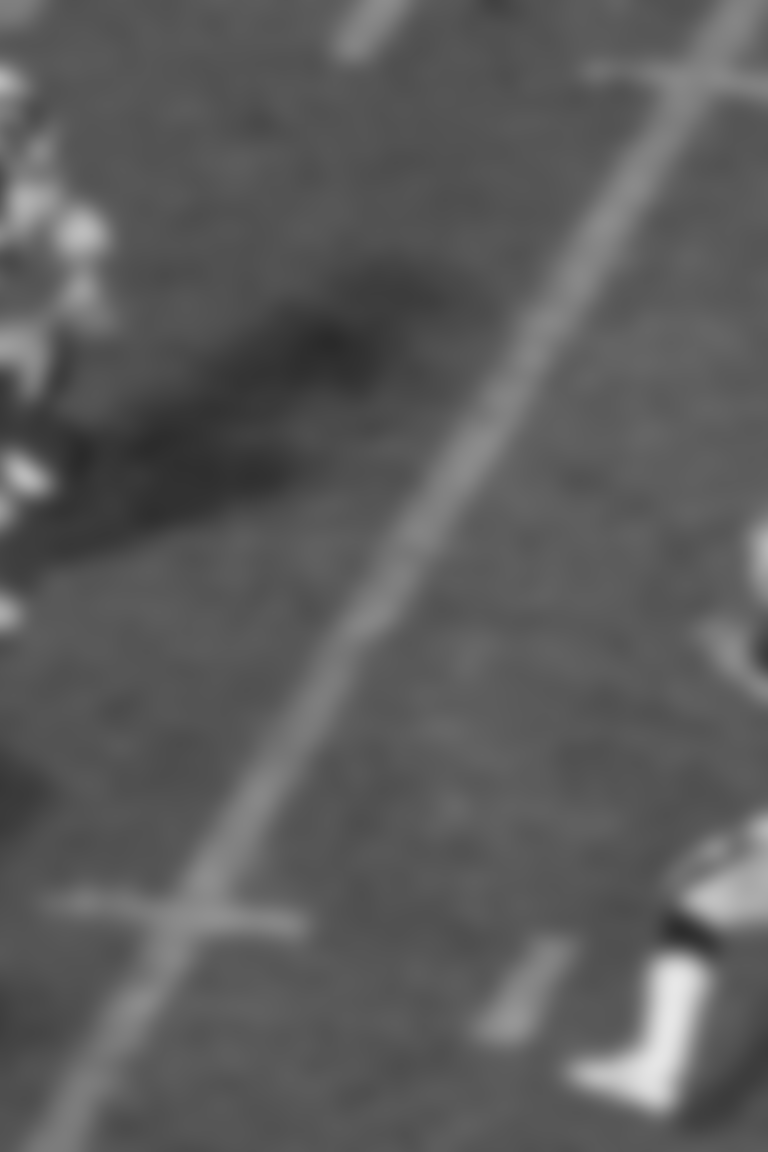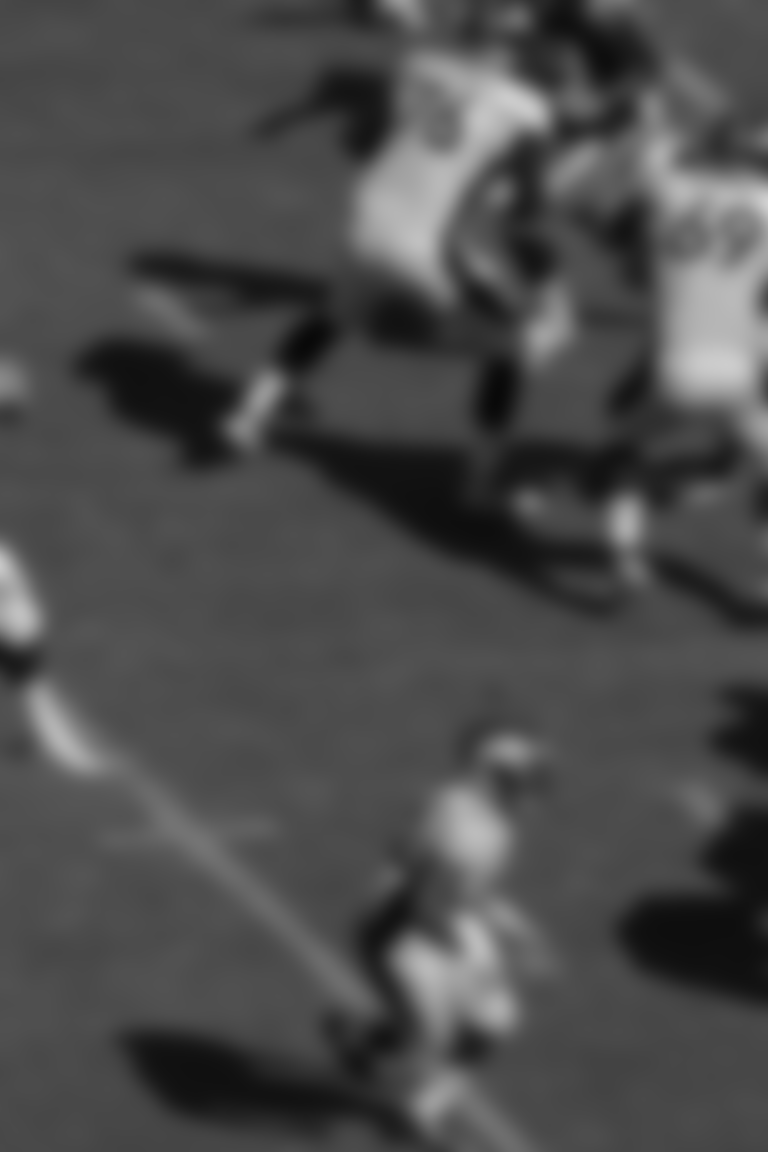Once a Cornerback, Always a Cornerback: A quintet of legendary Raiders defensive backs reflect on their careers in the Silver and Black
By Levi Edwards | Digital Team Reporter
It can be hard to get a collection of generational talents in the same room.
With the rich history and tradition that comes with the Raiders organization, one doesn't have to look further than the defensive backs that played in the Silver and Black. History has shown that being a part of the Raiders secondary comes with a lot of honor and responsibility.
Recently, five All-Pro cornerbacks gathered in Las Vegas to reminisce on cherished memories of who they played for and with, ranging from Oakland to Los Angeles. The panel of cornerbacks included:
• Nnamdi Asomugha (two-time First-Team All-Pro, three-time Pro Bowler, 15 career interceptions)
• Lester Hayes (1980 Defensive Player of the Year, five-time Pro Bowler, 1980 First-Team All-Pro, 39 career interceptions)
• Mike Haynes (two-time First-Team All-Pro, nine-time Pro Bowler, 46 career interceptions, Pro Football Hall of Famer)
• Terry McDaniel (five-time Pro Bowler, 35 career interceptions)
• Charles Woodson (2009 Defensive Player of the Year, three-time First-Team All-Pro, nine-time Pro Bowler, 65 career interceptions, Pro Football Hall of Famer)
"We just had to keep winning"
January 22, 1984, was a huge day for Mike Haynes and Lester Hayes.
Hayes, the 1980 Defensive Player of the Year, had won a Super Bowl three years prior, going into that game as underdogs against Pro Football Hall of Fame Coach Dick Vermeil and the Philadelphia Eagles. As for Haynes, it was his first season with the Los Angeles Raiders after spending seven seasons with the New England Patriots.
The newly formed duo was going into battle against the defending Super Bowl Champion Washington Redskins.
Hayes, who was a Second-Team All-Pro and Pro Bowler that season, was locked in. Super Bowl XVIII was just another Sunday for him. Up to that point, he'd seen everyone his team had played as faceless opponents.
No fear, no regrets, no time to smell the roses. In Bill Goldberg fashion, it was always, "Who's next?"
"We just had to keep winning," Hayes said passionately. "There was no highlight, we just had to keep winning. I don't focus on just one, you got to stack them up. That's what we were taught. Focus on the next Sunday, and the next Sunday – but you've got to keep winning."
Hayes remembers the attention to detail that was put into the gameplan against Washington. A huge emphasis was placed on making "no false steps" and being physical with their trademark "bump and run" coverage against receivers.
Haynes recalls the cornerback room having a lot of confidence going into that game based off what they saw on film. The Raiders were heavy underdogs despite narrowly losing to Washington by two points in a Week 5 matchup earlier that season.
Nevertheless, the Hall of Fame cornerback understood his opposition hadn't had success against a team as physical as the Silver and Black leading up to the championship.
"To me, it was easy, because Washington had never played anybody who played man-to-man coverage," Haynes reflected. "They played against zone. The NFC was all zone. When the Raiders had played them earlier that year, they played man to man – but they ended up winning that game. So, they came into [the Super Bowl] with a positive attitude thinking they were going to blow the Raiders away.
"The difference was, me and Lester were at cornerback, instead of Lester and Ted Watts [from Week 5]. I played a little different than Ted Watts. … And we had a good pass rush. They were un-freaking-believable. I had never had a pass rush like that with the Patriots."
The Raiders went on to defeat Washington 38-9 to win their third Lombardi Trophy in franchise history. It stands as the sixth-largest margin of victory in Super Bowl history. Haynes had one of two interceptions for the Silver and Black defense that held NFL MVP Joe Theismann to a sub-50 completion percentage.
Washington had also led the league in most points scored that season with 541. Pro Football Hall of Fame receiver Art Monk and Charlie Brown combined for nearly 2,000 receiving yards and 13 receiving touchdowns in 1983. In the Super Bowl, Hayes and Haynes held them to four catches and no touchdowns.
And to put the icing on the cake, it was Hayes' 29th birthday.





























